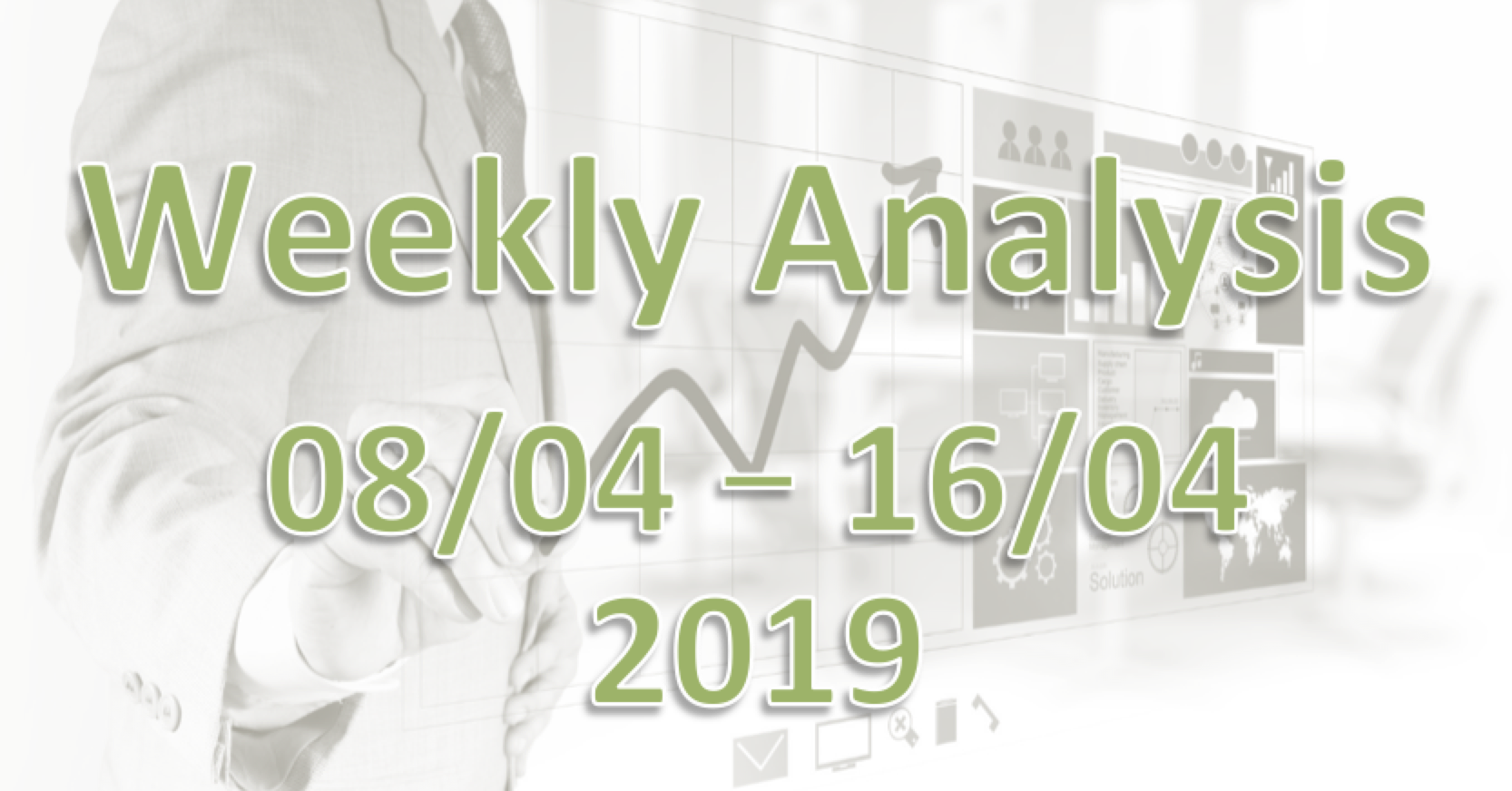Positive Employment Stats between January and March
Employment statistics in March showed that the unemployment rate was at 3.8% which had been the same as in the previous month, and the number of non-agricultural sector employees was 19,600, which was far exceeding the forecast. Furthermore, February and January has been revised upwards and it is over 180,000 people in the average between January and March, which was quite a reasonable result. At least, the labor market has not slowed down at this point, and a strong labor market is expected to be maintained.
At the same time, we can see that the pessimism about the US economy has retreated for the time being, based on the results of this time. With strong employment statistics came out, the Fed is expecting interest rates to rise and is in fact likely to rise, but inflation rates have nothing to do with inflation, and wage rates have slowed slow, that makes me think monetary policy itself is “neutral.” The rise in stock prices and long-term interest rates in the NY market at the end of last week can be seen as evidence that the market is accepting that the market will return to a moderate temperature. Whether the Fed will move to raise or fall the interest rates in the future just depends on the future of economic data.
US-China trade talks
For the foreign exchange market, I expect the market to continue to develop a sense of direction, but with the continuing shortage of materials, the “US-China trade talks” can be mentioned as an important material. At the end of last week, the talks with the Chinese delegation ended once, and although President Trump rated it as “a great success,” it is still not clear if it will reach an agreement. White House explained in a statement that “significant works still remaining and the negotiators and deputy officials will continue to consult on solutions to the remaining issues” and Larry Kudlow, the chief director of National Economic Council (NEC) Committee also commented on the CBS program that he was “cautious but optimistic or better”, and indicated that he was “further approaching the trade agreement” through many teleconferences in the future. Meanwhile, China’s state-owned Xinhua company points out that “all that remains is a challenge”. (Bloomberg) I think that the focus is on whether the Chinese side can make further concessions in future talks.
Brexit, another significant material
Another material, without saying of course, is Brexit, which will leave the EU on Friday this week. Although Mrs. Mei ‘s three amendments were rejected, the possibility of avoiding “without agreement” could still be achieved by negotiating a constructive plan with the leader of the Labor Party, which is the largest opposition party. However, there is not much time left. Mrs. May is still asking the EU side for a “short-term withdrawal delay period”, but the EU side is asking for approval in parliament as that premise. President Carney of the Bank of England has stated that the risk of withdrawal without agreement is “a surprisingly high situation”, and this week is again expected to be the “Pound Week” when the currency GBP becomes volatile.
USD/JPY and EUR/JPY
With regard to USD/JPY, although I thought the upper price was considered to be limited, firmness has been continuing beyond my expectation. This month is a new fiscal year for institutional investors, so it is easy for new dollar purchases to come out. There is also a 112 yen platform, but it has reached the point where it can be reached to the price. The focus will be on whether the dollar high price of 112.14 recorded last month will be recorded this time. Personally, I am thinking that we still want to maintain a cautious stance about that. Also, for EUR/JPY I would like to pay attention to the point that whether the solid bottom of 1.12 can be broken and if it goes below 1.11.

